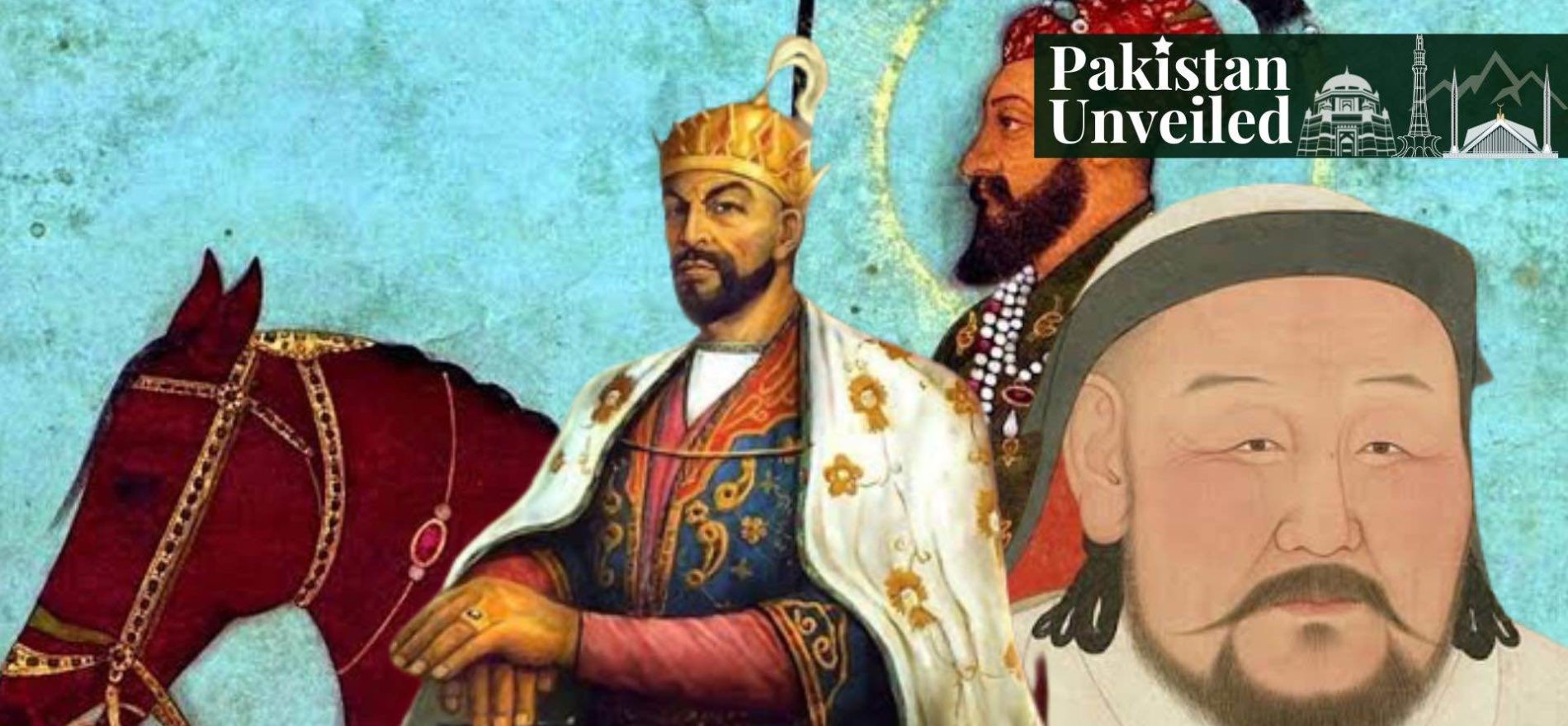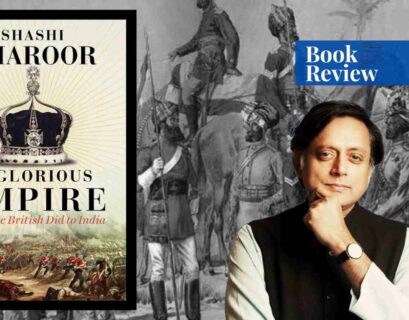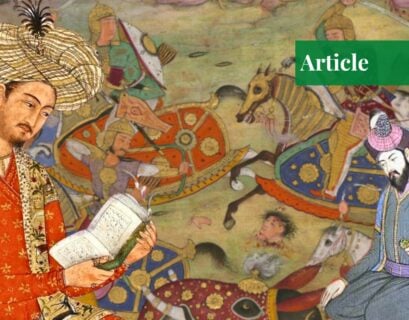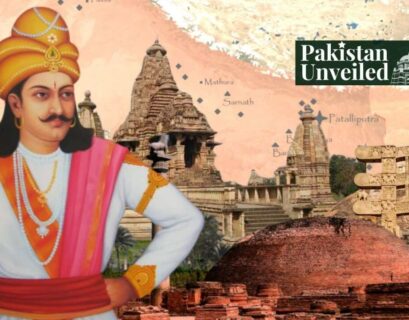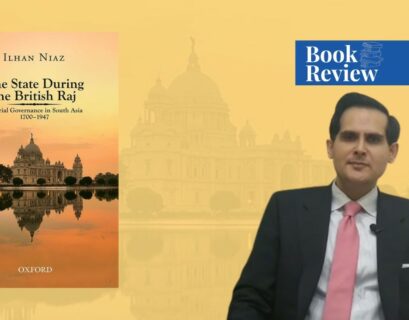Mr. Bilal is an agronomist student at the University of Agriculture, Faisalabad. He has been writing blogs on national and international politics and international relations since 2017.
A continuation of the three-part Glimpse of History series, this piece will explore the explorations of the Indian subcontinent by the following foreign invaders.
Darius The Great (550-486 BC)
Cyrus the Great, founder of the Achaemenid Empire, had a dream of a young man shadowing Europe and Asia with his wings; that young man was Darius, the third King of the Persian Empire with a 36-year-long reign, who took the Persian Empire to its peak, achieving what Cyrus only dreamt of as he couldn’t expand his kingdom beyond Kabul valley.
It was legendary by someone who wasn’t even in the line of succession. Opposite to Cyrus’s fears amid his dream, Darius, son of Hystaspes (satrap/governor), never tried to kill his son Cambyses for the throne. After rising to power and overthrowing a false king who took Cambyses’ place in his absence, Darius invaded Northern Punjab and Indus Valley around 518 BC.

The Greek historian Herodotus states India as the 20th Persian province, a populated region that accounted for a third of the total tax collections in Darius’ rule, fixed at 360 talents (ancient unit) of gold equivalent to a million pounds. Darius also sent naval expeditions to uncover routes from Indus to Persia and successfully annexed the Indus valley up to the deserts of Rajputana.
A 200-year-long Persian dominance on the Indian subcontinent illuminated Greeks about Indian affluence which brought another Great Invasion through the peaks of Hindukush. Darius’ invasion brought the Kharosthi script to Gandhara which remained in use till 300 CE as well as standards of Persian punch-marked coinage.
Alexander The Great (356-323 BC)
King Philip II of the Macedonian Empire had a child in 356 BC, today recalled as Alexander the Great, one of the greatest military minds undefeated in all fifteen battles he fought and who built one of the greatest empires. The young prince had to hold the Macedonian throne after his father’s assassination in 336 BC.

Alexender then crushed revolts in Northern Greece, captured Egypt, and destroyed the Persian Empire by defeating Darius III in the Battles of Issus and Gaugamela. He marched through the unguarded Khyber Pass into the Indian subcontinent around 327 BC. Alexander had an encounter with King Ambhi of Taxila, who instead of building a united front against the Greeks with Raja Porus, who ruled between Jhelum and Chenab, gifted 65 elephants, 3000 bulls, and a huge number of sheep which Alexander refused to take.
With 50000 foot soldiers, 3000 horses, 1000 chariots, and 130 elephants, King Porus faced Alexander when the Greeks successfully crossed the Jhelum river on a stormy night. Chariots turning useless after muddy ground and elephants getting frightened by having their trunks and feet cut by Greek axes along with other reasons contributed to the honorable defeat of Porus, who is still remembered as the ‘Son of the Soil’.
Alexander’s forces were weary and feared the frightening power of the Greater Magadha Kingdom at the Ganges ruled by the Nanda Dynasty, so Alexander concluded his campaign at Hyphasis (Beas) and retreated. Alexander’s conquest influenced the Indian subcontinent greatly with Indo-greek bilingual coinage, the standards of weight and size as well representations of kings on coins.
Muhammad bin Qasim (712 AD)
The Umayyad Dynasty (661-750) seized Sindh and Punjab under the campaigns of Muhammad bin Qasim, the first Arab Commander to conquer Indus Valley. Muhammad bin Qasim, with the approval of Caliphate Waleed bin Abd al-Malik, reached Makran with the force of 6000-10000 Syrian cavalry, 6,000 camel riders, and five catapults.

The 13th-century Persian text Chachnama is the only detailed source of Arab conquest. Muhammad bin Qasim conquered Debal (modern Karachi) and then Sahvan Sharif after a seven-day siege. Raja Dahir of the Chach dynasty mistakenly allowed Muhammad bin Qasim to cross the Indus river. Although he brought the might of 50,000 from Barhamnabad to Rewar to face Muhmmad, he got killed in a bloody war afterward.
Muhammad bin Qasim then overthrew Multan and Uch, where Hindus fought bravely. Dahir’s daughters sent back for the Caliphate tricked the Caliph into believing that Muhammad bin Qasim had already violated them. En route to Kashmir at Udhampur, Muhammad received Caliph’s orders to return wrapped and stitched in oxen hides, leading to the death of the great and young commander by suffocation.
Realizing the princesses had lied to avenge their father’s death and the fall of their kingdom, Walid ordered to bury them alive too. Muhammad bin Qasim’s death depicts the moral and political deprivation in the Umayyad dynasty. Muhammad Bin Qasim lead religious tolerance and belief in cultural development in Sindh, giving birth to the Sindhi language.
Sultan Mahmud of Ghazni (971-1030 AD)
Mahmud, son of a Turkish slave who founded the Ghaznavid dynasty (977-1186 AD) Sebuktigin, rose to power in 998 AD expanding the Kingdom of Ghazna from Khorasan (northeastern Iran) to the regions of Punjab and Kashmir. With seventeen invasions and the destruction of Hindu temples, he is still remembered as ‘the Idol Breaker’.

Mahmud encamped in Peshawar with 15000 cavalries in 1001 AD and Raja Jaypala from Waihand (Kingdom comprising most of Punjab) came with a 30,000-foot soldier, 12,000 horses, and 300 elephants, but he was crushed by Mahmud. Mahmud also defeated the Hindu alliance of Kannauj, Delhi, Ajmer, Gwalior, and Ujjain in 1008 AD when Anandpal (Jaypala’s son) came to avenge but had to run into Kashmir hills.
Mahmud kept storming the Indian states, conquering Multan, Bhatinda, Nandana (salt range), Kashmir, Kannauj, Lahore (1021 AD), and Somnath (1026 AD). The first ruler to hold the title of Sultan and penetrate that deeply into the Indian subcontinent contracted chronic malaria (1027 AD) but showed remarkable endurance and held court customarily till his last breath in 1030 AD.
Sultan Mahmud of Ghazni still serves as the foundation of nationalism, Muslim bravery, and Hindus’ weakness in Pakistan, while vilified as a cruel invader, looter, and destroyer of temples on the other side of the border. Mahmud used plundered treasures to build mosques and religious schools and converted Ghazni and Lahore into the centers of culture, poetry, scholarship, and architecture.
Shahab ud-Din Muhammad Ghori (1149-1206 AD)
Ghori, probably Persian, ascended to rule Ghazna in 1173 AD after Ghaznavids’ decline and invaded through the Gomal pass, seizing Multan, Uch (1175 AD), and Lahore (1186 AD). Advancing through Indus, he battled gallant Hindu Rajputs of Delhi, Ajmer, and Kannauj. Ghori stormed the fort of Bathinda in 1191 AD and won which made Prithviraj (ruler of Ajmer and Delhi) rush with an estimated 200,000 troops to face 100,000 Turk forces in the first battle of Tarain.
Rajputs being better in close combat defeated Ghori and recaptured Bhatinda after a 13-month siege. Severely wounded Shahab ad-Din, raised 120,000 Afghan & Turk troops and confronted Prithviraj in 1192. While even being outnumbered by 300,000 Rajputs, Ghori’s 12,000 elite cavalries won, with Prithviraj being executed in cold blood.
This victory unlocked the Indian subcontinent to further Turk invasions, with the whole of North India falling to Muslims within 20 years. Although he was assassinated in 1206 either by Hindu Khokhars or his rival Islamic sect, Shahab ad-Din Ghori, Ghaznavi, and other foreign invaders shaped the symbolism of military doctrines in the Indian subcontinent.
These Turk-Afghan campaigns followed by Mongol invasions introduced a whole world of Indo-Persian and Central Asian literature (Hindavi, ‘Marsia’, Ghazal), dresses (achkan and sherwani), and delicacies like biryani and pulao in the Indian subcontinent all of which later became its identity.
Genghis Khan (1162-1227 AD)
In 1162 Mongolia, legends tell of a boy born holding a clot of blood responsible for a unified Mongolia as well as for millions of souls he perished while establishing the largest empire in recorded history; it stretched to 12 million sq miles, four times that of Alexander’s.
Genghis dispatched two divisions (20,000 warriors) to India in 1221 AD, hunting Jalāl al-Dīn, the last Khwārezmian ruler, ravaging Multan and the margins of Lahore. Another Mongol invasion burned Multan in 1223 forcing Jalal to leave Punjab. Genghis Khan died in 1227 AD, but his successors kept charging Punjab and the Delhi Sultanate.

1240 AD brought the Mongols under Tair Bahadur, resulting in decade-haunting bloodshed in Lahore. Khilji Sultan Jalal-ud-Din defeated 150,000 Mongols in 1292 AD, with thousand of prisoners accepting Islam. His nephew, Alau-ud-Din crushed five Mongol invasions from 1298 to 1306 AD.
Besides his brutality, Genghis Khan connected civilizations, ideas, and technologies across the Silk Road and revolutionized warfare by developing compass techniques, gunpowder, and centralized command. His invasion caused the migration of the family of Amir Khusru to the Indian subcontinent whose work shaped the Hindavi (Urdu) language as well as the entire classical music.
Timur Lenk (1336-1405 AD)
Timur, an in-law descendant of Genghis, claimed restoration of the scattered Mongol Empire in 1370. He is recalled as the earth-shaker because vibrations would be felt miles away from his army’s movement. In 1398 AD, Timur wrecked Delhi with 90,000 troops, taking plundered stones back on 90 captured elephants. His army ruined thousand of villages and towns in his way, murdering an estimated one lakh prisoners and destroying crops and fields.
19 years after his death due to a cold or pneumonia, his Chughtai descendants in a failed attempt to euphemize their lord’s war crimes made Sharaf ad-Din Ali Yazdi write Zafarnama wherein Yazdi tried to justify every massacre in the name of Allah. Timur did recognize the value of poets and thinkers, even commanding his heirs to not insult them. Mongol invasions also caused the migration of craftsmen and artists, bringing changes in techniques of the paper and building industry.
If you want to submit your articles, research papers, and book reviews, please check the Submissions page.
The views and opinions expressed in this article/paper are the author’s own and do not necessarily reflect the editorial position of Paradigm Shift.
